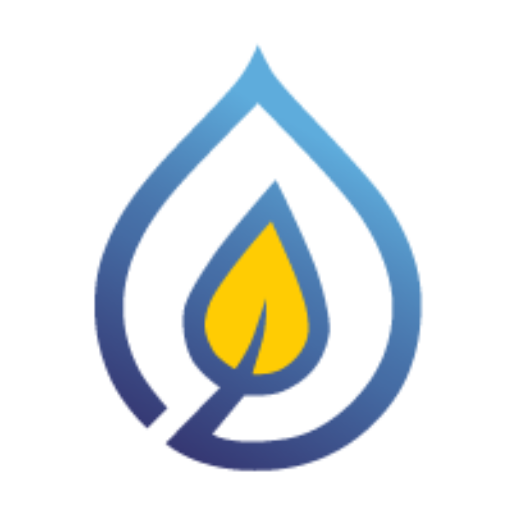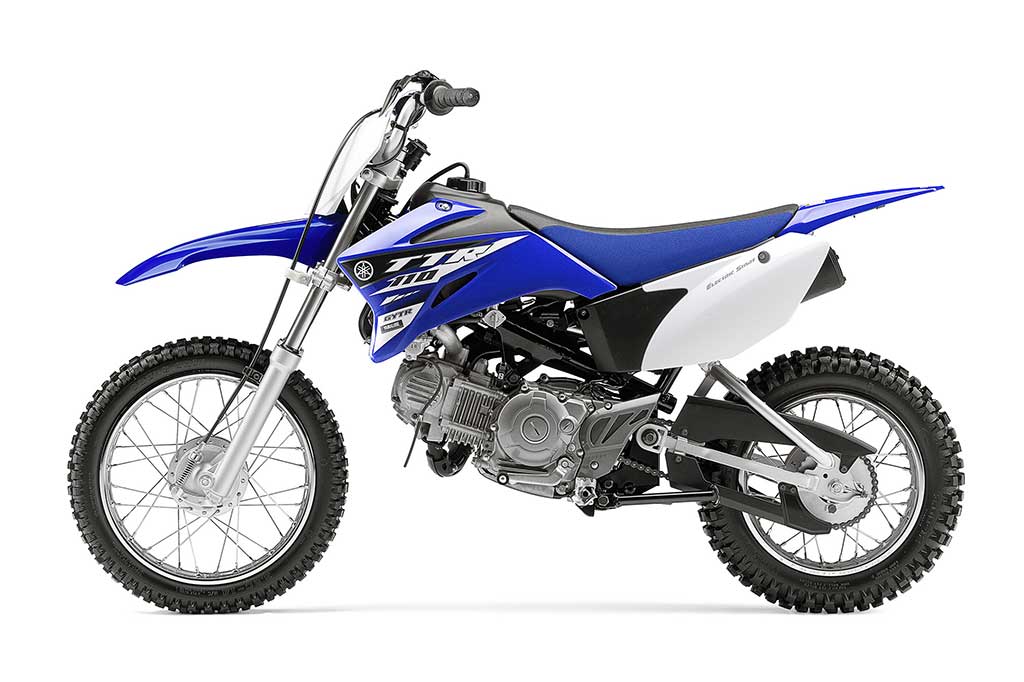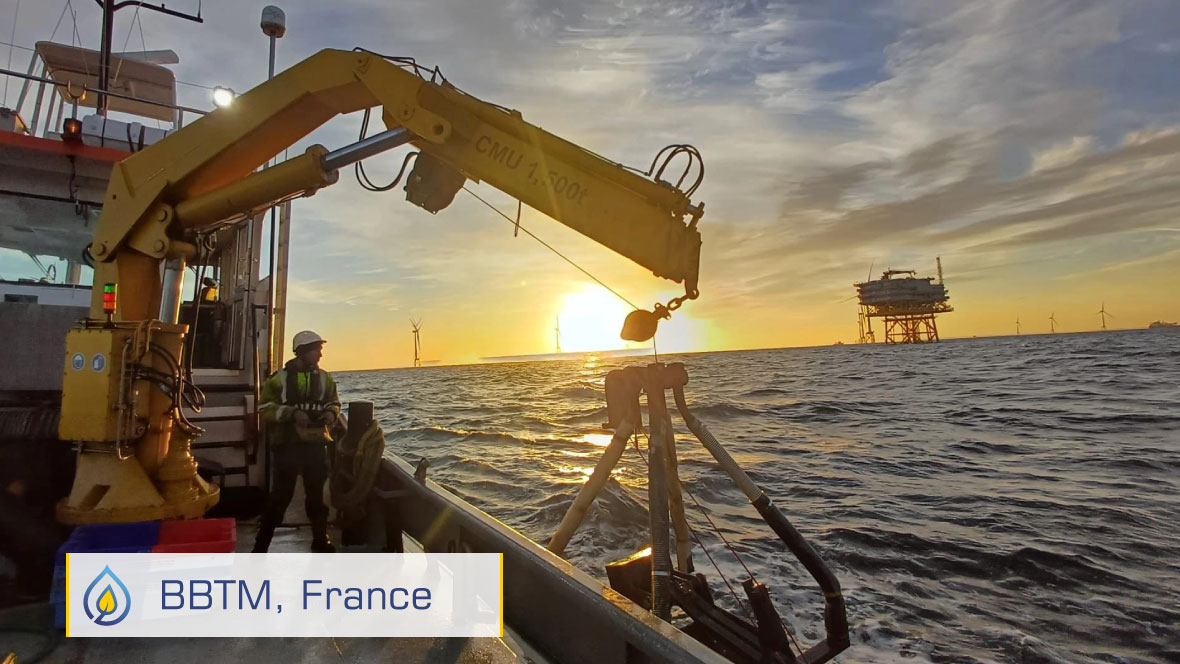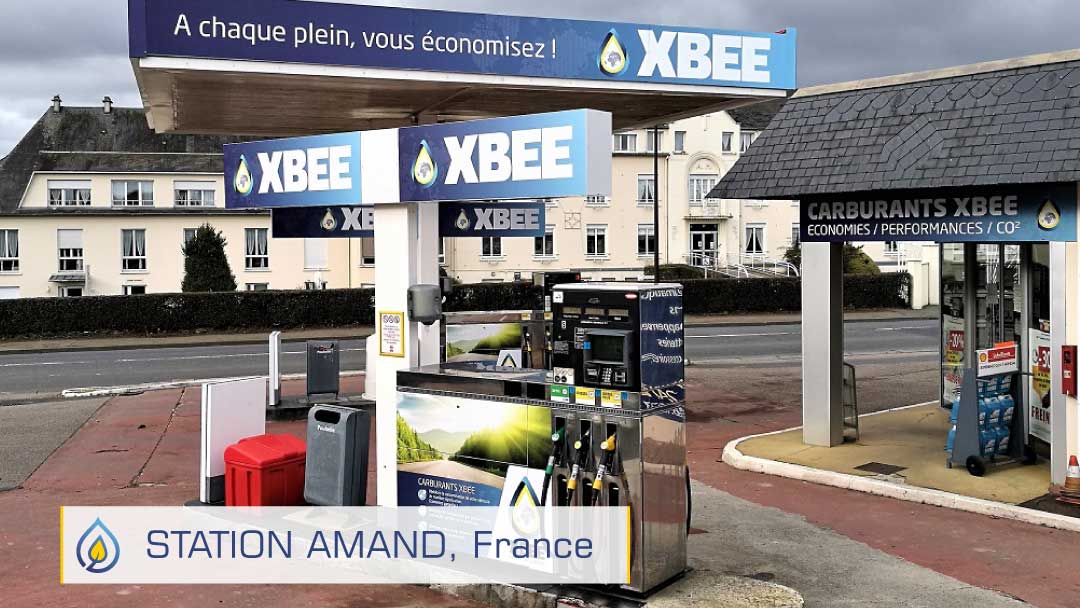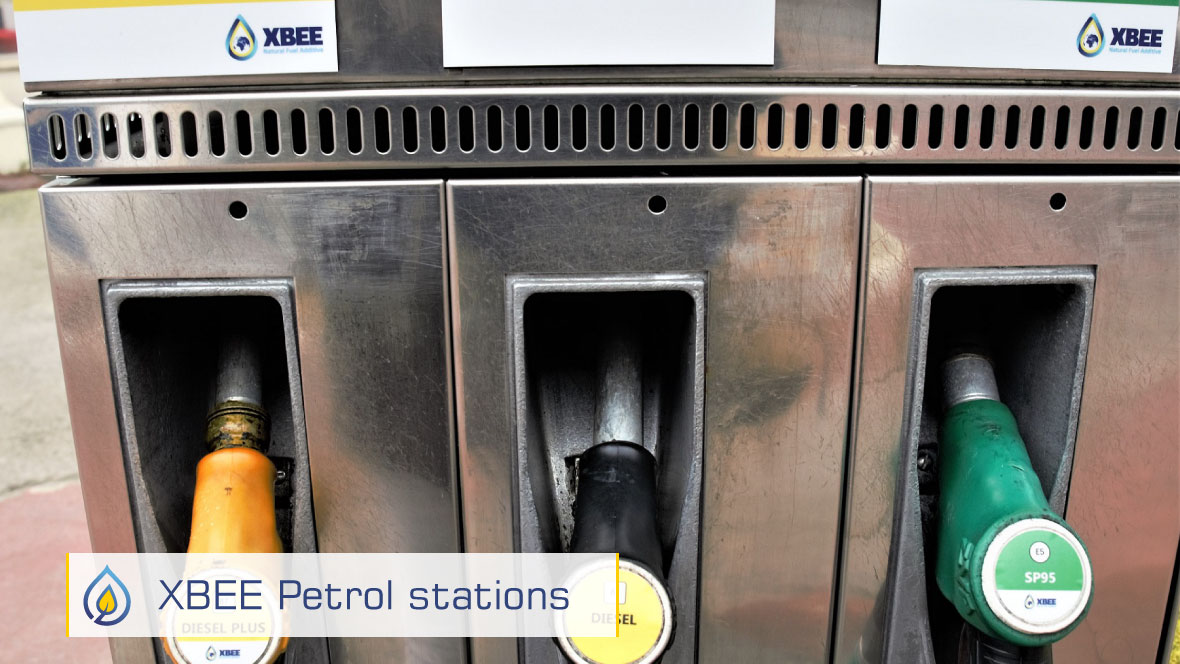California Environmental Engineering, LLC. is an emissions laboratory committed to product development and service enhancement. It is an institution that continually strives to stay at the forefront of new emissions regulations.
In July 2015, CEE conducted testing on a 2002 Yamaha TTR off-road motorcycle under the supervision of Project Manager Larry Swiencki. The tests were conducted to demonstrate the effects of the XBEE Enzyme Fuel Technology.
